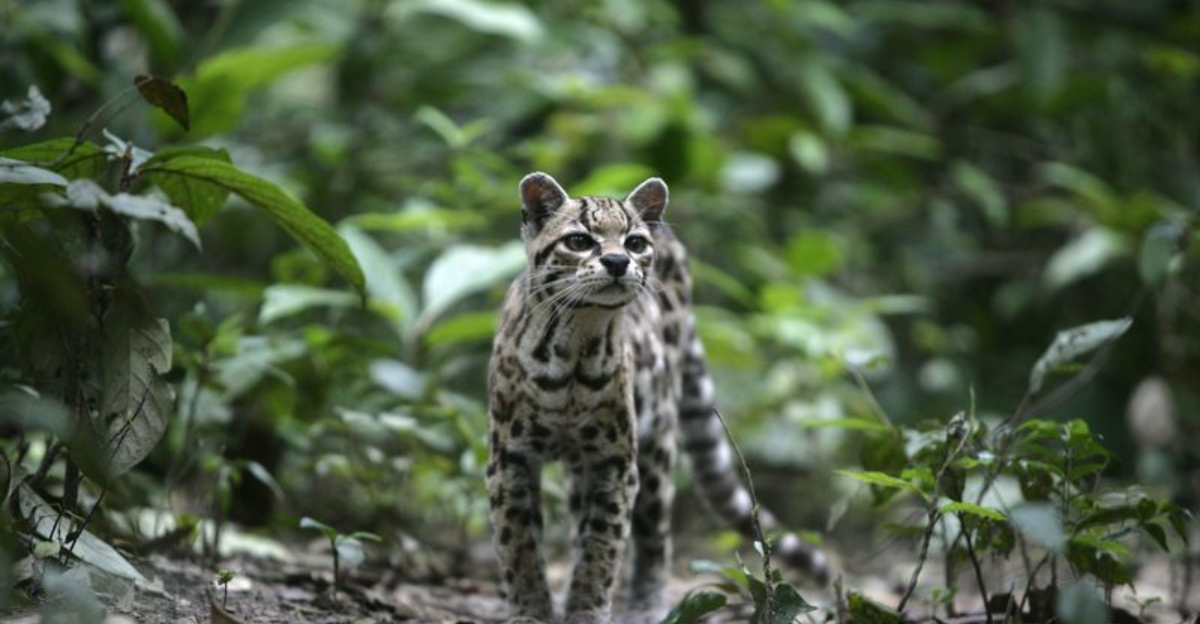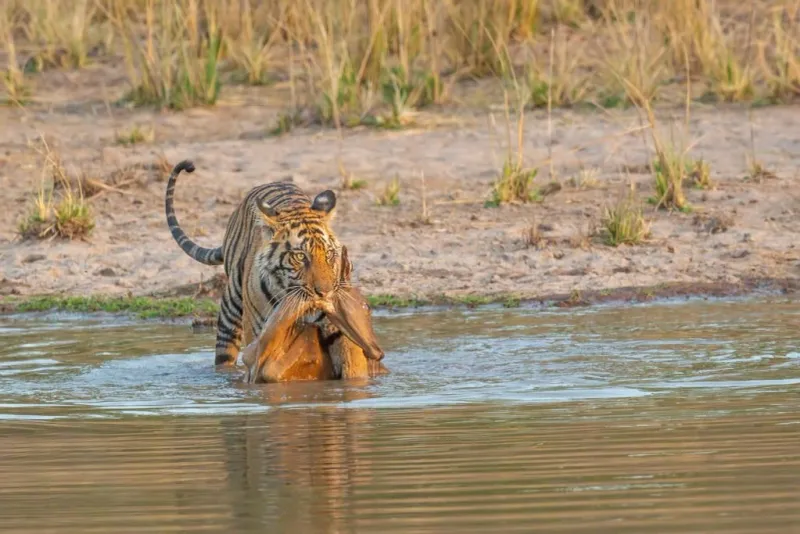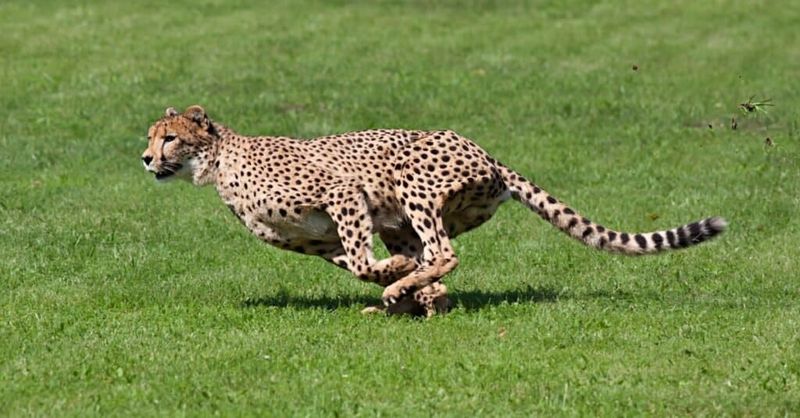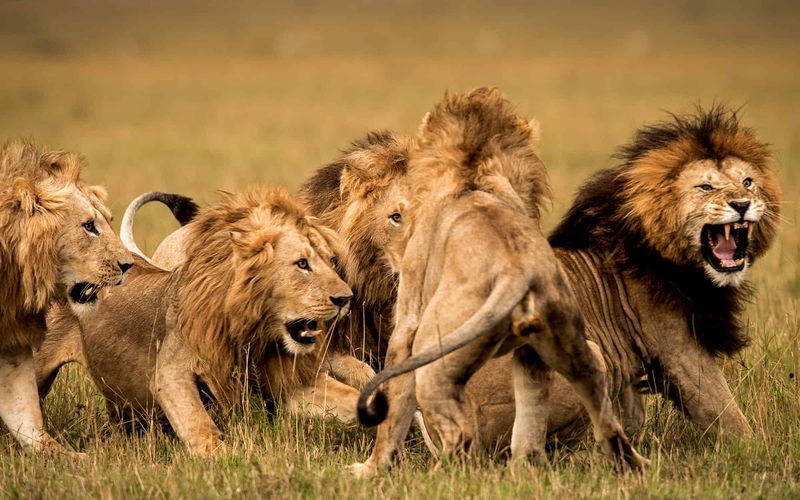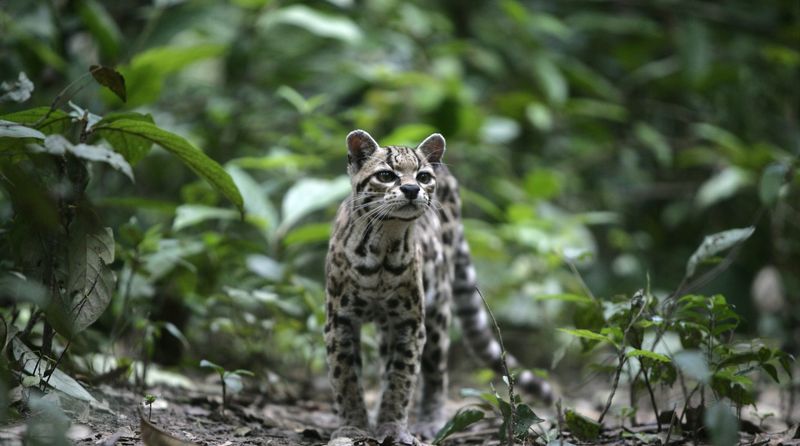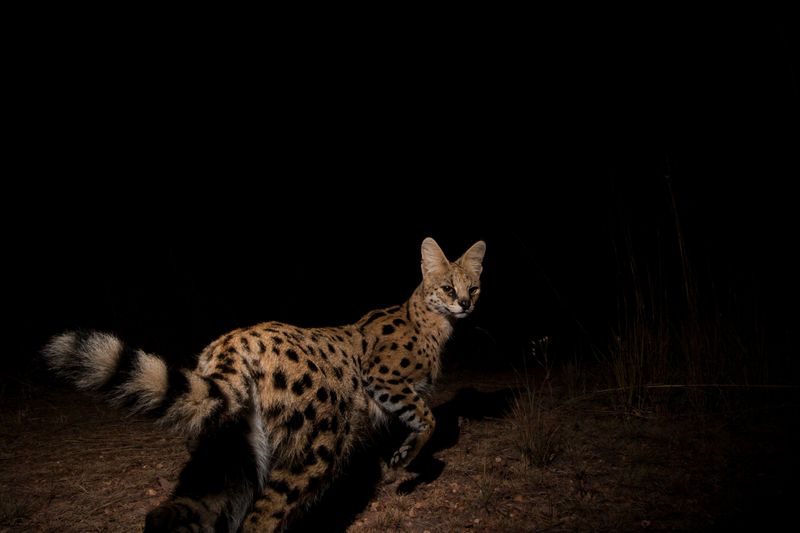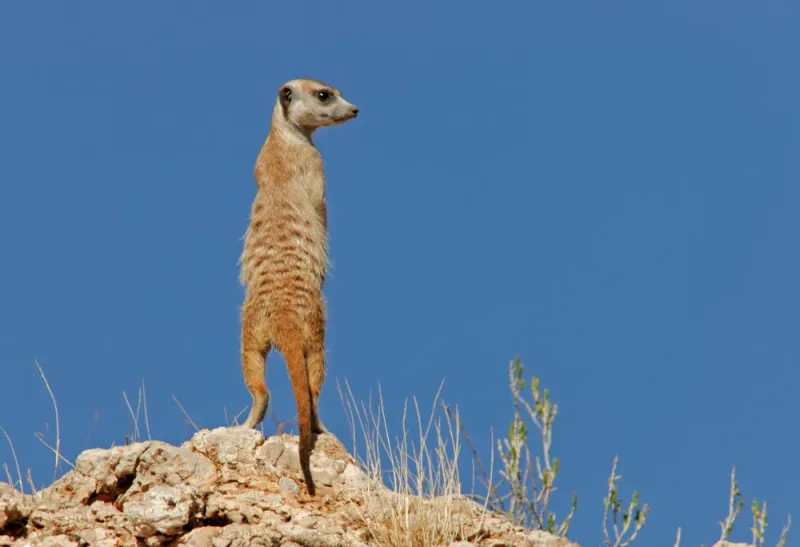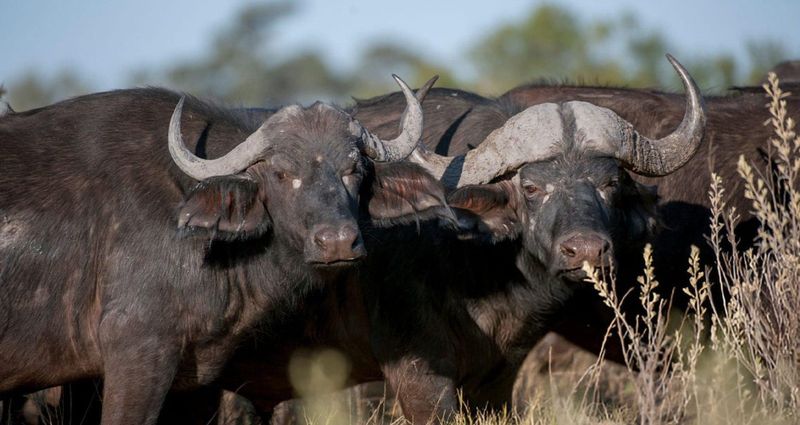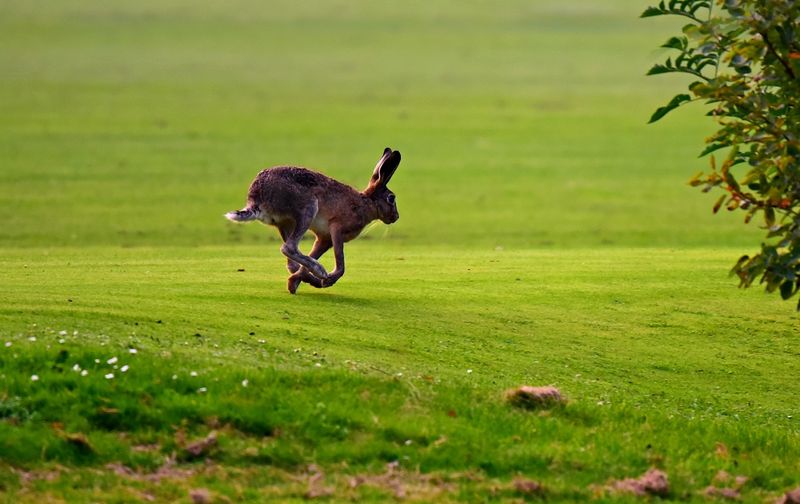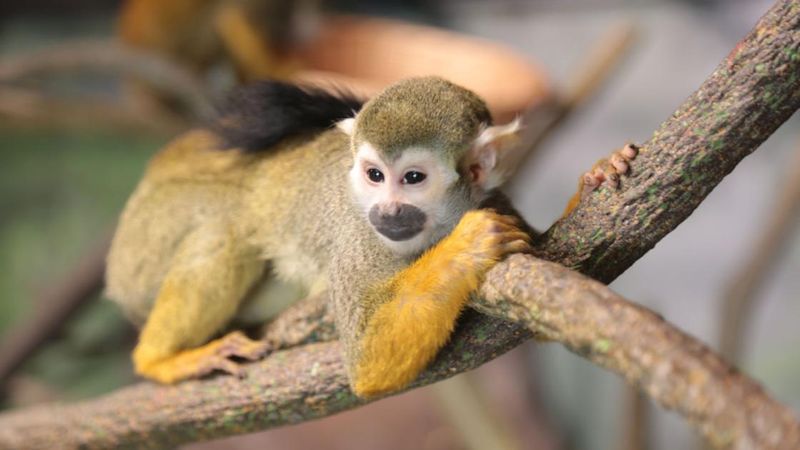📖 Table of Content:
- 1. Stalking and Ambushing (Leopards, Tigers)
- 2. High-Speed Sprinting (Cheetahs)
- 3. Cooperative Hunting (Lions)
- 4. Tree Hunting and Drop Attacks (Leopards, Margays)
- 5. Night Vision and Stealth (All Big Cats)
- 1. Impalas – Zigzag Evasion
- 2. Meerkats – Sentinel Surveillance
- 3. Cape Buffalo – Group Retaliation
- 4. Hares – Startle & Disappear
- 5. Monkeys – Tree Alarms & Mob Defense
In the wild, survival is a game of cunning, patience, and adaptation. Among nature’s most captivating players are the wild cats—apex predators honed by evolution to become lethal hunters. Their stealth, speed, and strategic prowess make them formidable forces across grasslands, forests, and mountains.
Yet for every brilliant predator, there is prey that refuses to go down without a fight. Many animals have developed astonishing behaviors and mental tactics to outwit these feline assassins. From erratic escapes to coordinated defenses, prey species have adapted in remarkable ways to survive the relentless pursuit of predators.
This dance between predator and prey is a living arms race—each side refining its moves to gain the upper hand. While cats may rely on brute power or stealthy ambushes, prey have mastered alertness, agility, and sometimes even teamwork. In this article, we explore five clever hunting tactics wild cats use and five counter-strategies used by prey that turn the tables on their stalkers.
1. Stalking and Ambushing (Leopards, Tigers)
Stalking is a deadly art perfected by big cats such as leopards and tigers. These predators move with calculated slowness, often freezing mid-step to avoid detection. Using natural camouflage and the terrain, they edge closer with each pause, minimizing sound and motion. By the time the prey notices, it’s already too late—the cat is within striking distance. This technique conserves energy and maximizes the element of surprise. In dense forests or tall grasses, ambushing gives predators the upper hand with minimal effort. It’s a masterclass in patience meeting precision.
2. High-Speed Sprinting (Cheetahs)
Few animals can rival the cheetah’s sheer speed when it launches a chase. Built like a supercar, the cheetah can accelerate from 0 to 60 mph in mere seconds. With a lightweight frame, elongated spine, and enlarged nostrils, it’s engineered for rapid bursts. Unlike other cats, cheetahs rely on open savannahs where they can chase prey across clear stretches. They close the distance with surgical accuracy, often tripping or swiping the legs of their target at top speed. While these sprints are energy-intensive, the success rate is high with ideal conditions. It’s a dazzling display of power and precision in motion.
3. Cooperative Hunting (Lions)
Unlike their solitary cousins, lions thrive on group strategy when hunting. Female lions coordinate with precision—some drive prey forward while others wait in ambush. These tactical flanks can isolate and overwhelm prey like zebra, wildebeest, or even buffalo. Each lioness has a role, and success depends on silent communication and timing. This cooperation allows lions to hunt larger and more dangerous targets than any single cat could manage. Often the weakest or slowest in a herd is targeted, increasing efficiency. It’s a lethal choreography of instincts and teamwork.
4. Tree Hunting and Drop Attacks (Leopards, Margays)
Leopards and margays take advantage of the vertical world by hunting from trees. While most predators approach from the ground, these cats flip the script by waiting silently overhead. At the right moment, they drop with stunning force onto unsuspecting prey. This tactic not only adds surprise but often results in an instant kill or incapacitation. Trees offer both elevation and concealment, making them perfect ambush points. Smaller wild cats like the margay, which can mimic the calls of prey, add deception to the mix. This vertical approach turns the environment into a weapon.
5. Night Vision and Stealth (All Big Cats)
Harnessing the power of the night, wild cats take full advantage of their advanced night vision. Their eyes contain a reflective layer, the tapetum lucidum, that magnifies even the faintest light. Under cover of darkness, they become nearly invisible as they stalk their sleeping or unaware prey. Nocturnal hunting reduces competition and allows for safer approaches. While humans struggle to see in low light, these cats excel in it—turning moonlight into their spotlight. Soundless movement, silent breathing, and well-timed pounces define their nighttime operations. Darkness becomes their camouflage and ally.
1. Impalas – Zigzag Evasion
Sudden bursts of energy and unpredictable motion give impalas a crucial edge. When threatened, they don’t run in straight lines—instead, they leap and swerve in random directions. These acrobatic maneuvers confuse predators like cheetahs who rely on trajectory to strike. Impalas also use stotting, a high-arched leap, to signal strength and warn others. The zigzag tactic often buys them the seconds needed to escape a lethal chase. Their powerful hind legs and agility make them one of the toughest animals to pin down. In a flat-out sprint, strategy trumps speed.
2. Meerkats – Sentinel Surveillance
Atop a mound or bush, one meerkat always stands guard while others forage. This sentinel keeps constant watch and sounds the alarm at the first sign of danger. The moment a predator is spotted, the group darts for cover with practiced speed. It’s a system rooted in trust and rotation—each member takes its turn on duty. This behavior drastically reduces surprise attacks, giving them a tactical advantage. Wild cats struggle with ambushes when their cover is blown too early. Meerkats make vigilance a team effort.
3. Cape Buffalo – Group Retaliation
Powerful and intelligent, cape buffaloes don’t just flee—they fight back. When a lion attacks, the herd often bands together, charging the predator and protecting the injured. Their sheer size and strength can cause lions to retreat or suffer injury. There are documented cases of buffaloes goring or trampling their would-be killers. Leadership within the herd often initiates these counter-attacks with unflinching bravery. Young calves are surrounded in a tight protective circle during danger. For wild cats, picking the wrong target can end fatally.
4. Hares – Startle & Disappear
Remaining completely still is a hare’s first line of defense. Camouflaged in the brush, it waits until the last possible second to bolt. When it does, it explodes into erratic, high-speed zigzags that make targeting nearly impossible. This blend of invisibility and unpredictability throws off even the best ambush hunters. Its large eyes offer a wide field of vision, detecting threats before they close in. Coupled with high-speed reflexes, the hare’s strategy is one of sudden, calculated escape. Invisibility followed by chaos becomes its signature move.5
5. Monkeys – Tree Alarms & Mob Defense
Living in troops, monkeys turn safety into a social affair. At the sight of a predator, they unleash a barrage of alarm calls that alert everyone nearby. Swift climbs into high branches take them beyond most cats’ reach. Some species will even mob smaller predators by throwing objects or attacking in numbers. Their intelligence allows them to recognize predator patterns and respond with appropriate strategies. Communication, mobility, and coordination give them a serious survival advantage. In the treetops, teamwork is their sanctuary.
